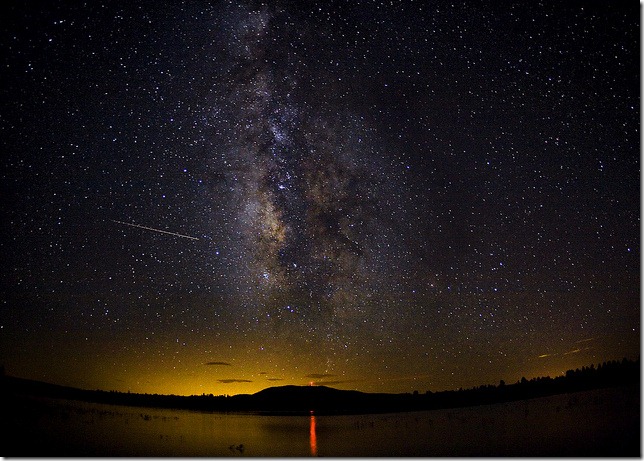
We should not have been as surprised as we were. The 10-ton, 55-feet meteor that struck Russia on Friday, Feb. 15 unleashed 500 kilotons of energy – at least 30 times that unleashed at Hiroshima in 1945. More than a thousand people were injured and heavy damage was done in the vicinity of the meteor.
And this was a small meteor.
The February 15th incident should be taken as a wake-up call to the nature of universe in which we live. While the February 15th meteor was the largest strike in a century, the reality is that there are even more dangerous objects in space, some of which have or will come quite close to Earth.
It is the case that some dangers can simply not be prevented. The February 15th meteor, for example, was relatively small and hard to detect. But there are species-ending objects in space that are being watched and for which we will need to be prepared.
Over time there have been various commercial films that suggest dangers that exist from various space objects. Generally speaking, in those films Earth survives a strike or a near strike, though there is always some degree of damage. Yet there have been moments in the history of the planet when there have been serious strikes. The dinosaurs, for instance, were very likely annihilated as a result of the “nuclear winter” that resulted from the collision of an object with Earth, the result of which was a dramatic shift in the climate.
At a moment in time when elected officials are focusing so much of their attention on cutting budgets rather than identifying the real needs of the population, it may seem a bit strange to emphasize the need for space exploration and preparedness. Yet that is precisely what is necessary. In 2029, an object designated as “99942 Apophis” will come very close to Earth. There were some predictions that it might strike, the results of which would be disastrous. Objects such as these will need to have their trajectories deflected in such a manner as to get them out of harm’s way. That means resources will need to be put into the necessary technology. I can only imagine what the Tea Party’s response would be to such suggestions.
As long as we view events such as the February 15th meteor as an aberration in an otherwise calm solar system, and, as a result, fail at long-term planning and risk assessment, we set up humanity for potential catastrophe. As with climate change, we can continue to act as if it is not happening, but when all the signs point in the direction of danger, one is a fool not to change course.
The February 15th meteor was not a made-for-TV film and neither was it a hoax. It was a reminder that nature engages in the unpredictable and unexpected. But it was also a reminder of the dangers inherent in this solar system, some of which can be addressed through a serious investment in research and planning.
Enough with the rhetoric surrounding budget deficits; let’s talk about the survival of life on this planet!
Bill Fletcher, Jr. is a Senior Scholar with the Institute for Policy Studies, the immediate past president of TransAfrica Forum and the author of “They’re Bankrupting Us” – And Twenty Other Myths about Unions. Follow him at www.billfletcherjr.com.
